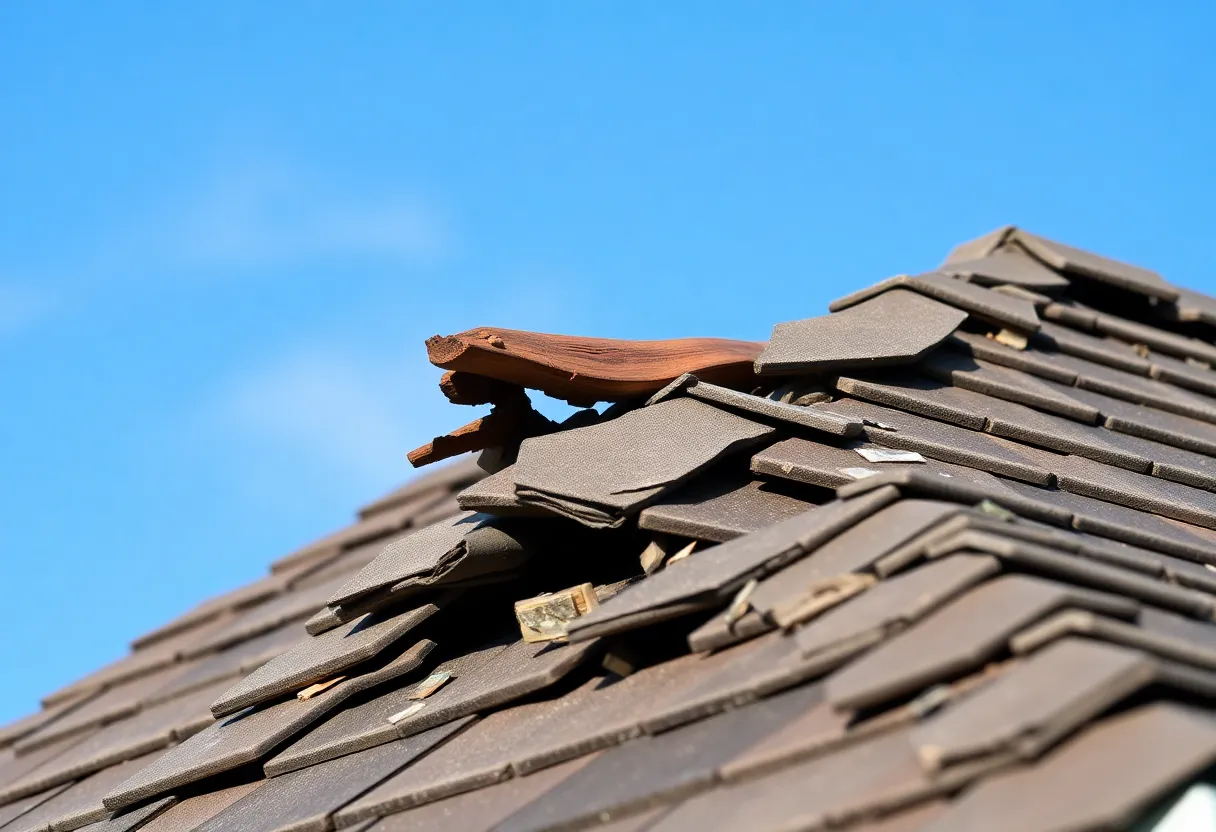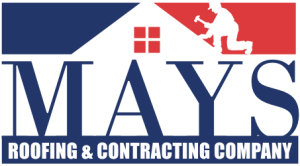

Observe these key indicators to determine if it’s time for a new roof.
Article Sponsored by:
Mays Contracting is more than just a roofing company; it’s a family legacy built on trust and quality. Founded in 1979, we’ve been serving the community for over four decades. Our story began with a simple vision: to provide exceptional roofing services for both residential and commercial properties. This vision has guided us ever since, as we’ve grown from a small, family-run operation to a trusted name in the industry.
Your roof is a critical component of your home, offering protection against the elements and maintaining its structural integrity. Understanding when to replace your roof is vital for preserving your home’s value and ensuring safety. In this article, we will explore key indicators that suggest it may be time to replace your roof.
The first factor to consider is the age of your roof. Roofing materials have specific lifespans. For example:
As your roof approaches the end of its lifespan, it is essential to start considering a replacement. A roof that is nearing the end of its expected duration should be monitored closely for additional warning signs.
Physical damage is one of the most explicit indicators that your roof may need replacing. This can include:
If you notice several shingles missing or broken, it is a clear sign of wear. Even if the roof is not at the end of its lifespan, losing significant quantities of shingles can jeopardize its integrity.
Shingles that display cracks or curl at the edges are signs of aging and can lead to leaks. Regularly inspecting your roof for these issues can prevent further damage to your home.
Examine your gutters and downspouts for granules. If a large accumulation is found, it could indicate that shingles are deteriorating. Loss of granules reduces the shingles’ effectiveness in protecting against UV rays and weather.
Indoor indicators can also signify roofing issues. These signs often suggest that water is entering through your roof:
Water stains can indicate leaks, which may point toward a compromised roof. Check for discoloration and seek immediate correction if stains appear.
Unexpected mold or mildew inside your home can suggest that moisture is trapped due to roof leaks. Identifying its source is crucial for a safe living environment.
A sagging or droopy roof is a serious concern. Such sagging usually indicates structural issues that may require immediate action:
Inspect the roofline from several angles. Warping may arise from poor installation or rot resulting from persistent water damage. If you detect warping, consider a professional assessment.
Unexplained spikes in energy costs can indicate poor insulation or ventilation in your attic, potentially related to your roof’s condition. A failing roof may allow air to escape, making heating and cooling your home more expensive.
Track the frequency and cost of repairs. If you find yourself making repeated repairs in a short span, it may be more economical to invest in an entirely new roof:
Your geographical area plays a crucial role in determining the condition of your roof:
Areas prone to severe weather events such as hail, strong winds, and heavy snowfall can accelerate roof damage. If your region experiences frequent storms, pay careful attention to your roof’s condition.
Engaging a professional for a roof inspection can provide an expert opinion on the state of your roof:
Different materials respond differently over time. Understanding these variations can help with decision-making:
Generally require replacement at 20 years. Regular inspections can help determine specific wear and tear.
Their lifespan can decrease significantly if not maintained properly, especially in wet climates.
Though more durable, check for corrosion or damage around seams and fasteners. Metal roofs can last up to 70 years if cared for properly.
Determining the right time to replace your roof is crucial for long-term damages and financial savings. Watch for these signs:
Being proactive in assessing your roof can lead to timely replacements that save on repair costs and preserve your home’s value.
In summary, replacing your roof involves understanding its age, monitoring for damage, and being aware of signs both inside and outside your home. Assessing these indicators ensures your home remains safe and protected for years to come.

Quality Roof Construction and Repair in Lexington, Richland, Newberry and Laurens Counties for over 40 Years.
News Summary The University of South Carolina mourns the loss of Nathanial 'Nate' G. Baker,…
News Summary As wildfires continue to burn across North and South Carolina, officials have declared…
News Summary Dr. Edward Simmer's nomination to lead the South Carolina Department of Public Health…
News Summary In a notable legislative move, South Carolina lawmakers have introduced bills aimed at…
News Summary Raleigh, North Carolina has been recognized as the best-performing large city in the…
News Summary Sustain SC warns that South Carolina could face an economic loss of up…